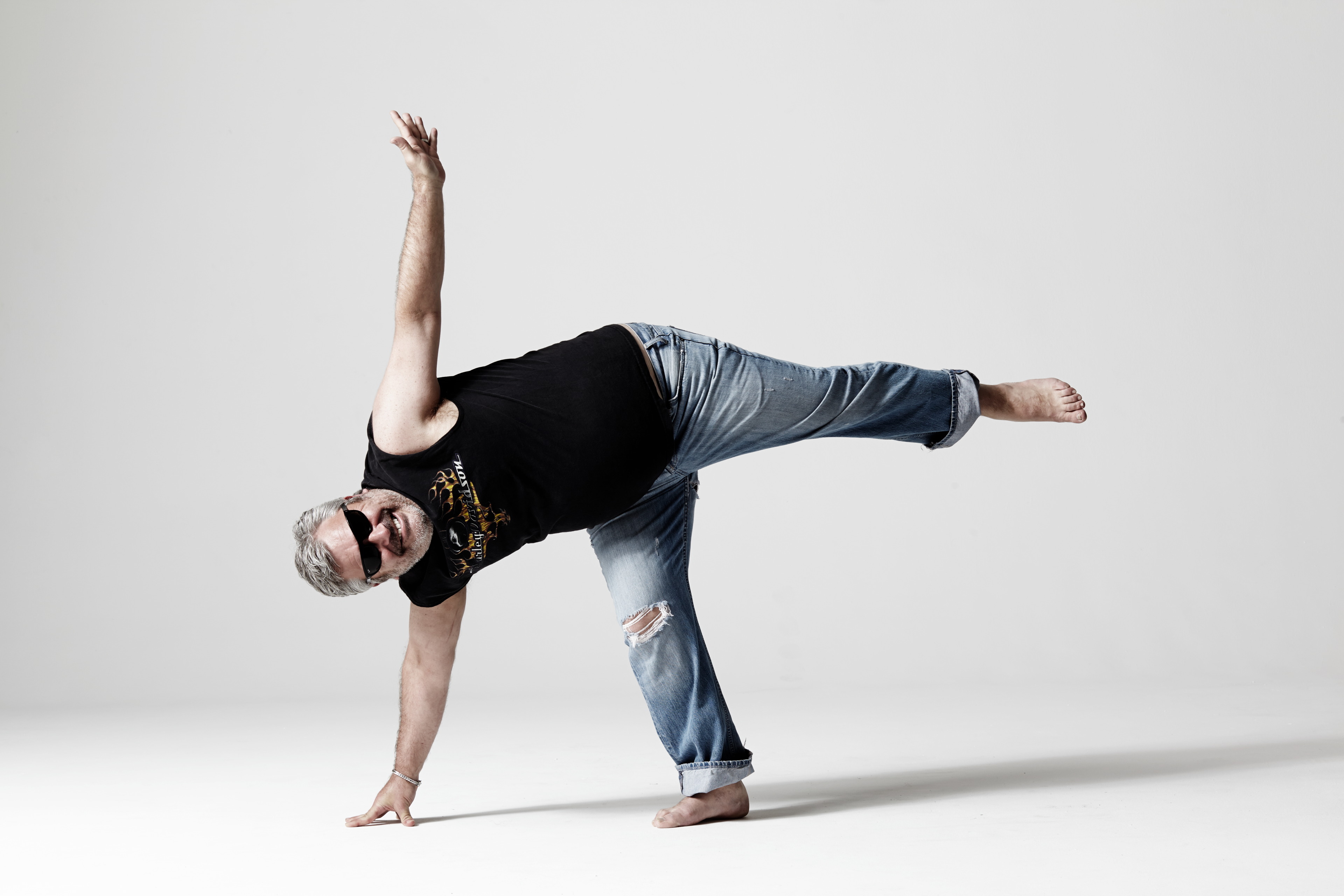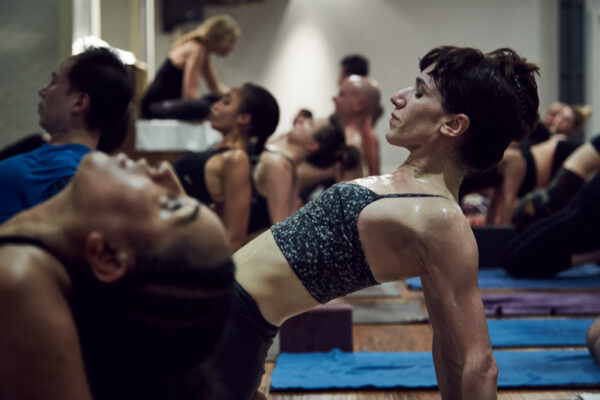Being a beginner in a yoga class can be a mind-field - FG Founder Michele Pernetta shares her top tips to help beginners navigate the classroom.
For a yoga novice the first few weeks of any yoga practice can be quite a confusing time, with so many changes occurring, confusing yoga “etiquette” (can I talk? Is it forbidden to smile?), strange Sanskrit words: “everyone into Chatauranga!" (several of my students thought “Namaste!” was “havaniceday”.) Or perhaps we overdo it: aggravate an old injury or pull something, and have no one to ask if we should stop or carry on.
Some Tips:
1. You feel you are too stiff, too fat, too injured and too unfit to go to yoga. 90% of the people in the room are feeling the same thing. Remember that this is what yoga is for. Yoga studios exist because they want to help you, no matter how “broken” you think you are. Also, be aware that our minds can be our biggest obstacles. If yoga was for the fit and beautiful, all the studios would be out of business.
2. It’s just too darn hot. The fitter and healthier you get, the more you will love the heat. If you practice a non-hot style of yoga, replace the word “hot” with “hard”. The first couple of lessons are the hardest, but you get used it quickly. Sit down whenever you need to, and breathe through your nose, not your mouth, so you don’t feel dizzy.
3. How deep should I go? Beginners tend to go too deep. Back off, do less, but do it well. In other words, form and alignment are much more important than depth. Depth comes later. Ensure hips, spine, shoulders are incorrect alignment first.
4. I hurt myself a little, why? I thought yoga was supposed to be harmless? We come to yoga with a history in our bodies. Scar tissue, misalignment or hidden issues such as a slipped disc. So we must work intelligently and with correct alignment. If you don’t know what that is, and your teacher isn’t helping you, ask, “Can you check my alignment?” Teachers love permission to help you. A tip: Your breath is the gauge. If your breath is strangled, you are in too deep. Back off until you can breathe freely. If you hurt yourself, you may be working too fast into an old injury or simply going too far. If you can't avoid that pain in class, sit out those poses, ask your instructor how to modify, or wait a few days until it feels better.
5. “I’m not naturally flexible.” Yoga is not about being flexible. It is about being strong AND flexible. Men usually come with strength and need flexibility. Women usually come with flexibility and need to develop strength. Somebody types, male or female are stronger and less flexible genetically, but that’s not necessarily a bad thing. An over flexible body is an imbalance also. So stop making excuses and get your shorts on!
6. Etiquette: People come to yoga to drop out of normal “mind” mode. So don’t chat in the studio. Never blow your nose in the class. Don’t wear your underwear to class (it goes see-through!) Look around and see if you can move your mat to give someone more room or a better view. Be clean. Have a pedicure. Cover your verrucae. Don’t wear perfume.
7. Don’t be scared of the teacher. It’s easy to feel intimidated by your instructor. Sometimes they are exotic creatures with tattoos and sculpted bodies and know lots of Sanskrit words. Just remember that they may have had bad injuries or issues that brought them to yoga. Most instructors are in that room because they want to dedicate their lives to helping you heal.
8. You have to be prepared for some challenge. All achievements such as better health decreased pain or slimmer waistline takes work. Don’t be lazy and be prepared to meet some limits in yourself and not let them defeat you.
9. "I want to 'achieve' and be 'good' at it!” Yoga is not about looking a certain way. Be honest in the class. Try to learn alignment. Sit down if you need to. Remember you are undoing past patterns, mentally and physically. You do not need to perform. Any fool can jam themselves further into a yoga pose. The 65-year-old injured man who is stiff and overweight, patiently practising with courage and sensitivity, not caring how the poses look, is doing better yoga than the athlete pushing past correct alignment to “achieve” in a pose.
It’s a valuable process. Come to class, and do what you can!


